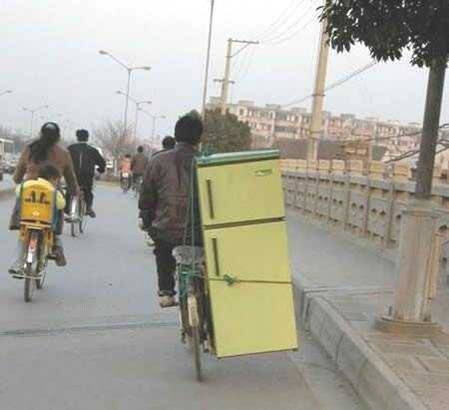(Click the title to be taken to the article)
This article discusses 10 deadly tanker mistakes that include:
1. Overloading the vehicle - This should not happen to our units because they are designed and built to carry water in the capacity specified.
2. Raising the center of gravity - Also, this should not be a problem with our tankers. They have been specifically designed for their function and none of the modification, if any, have changed the center of gravity.
3. Omitting tank baffles - All of our tanks have baffles. Ground Support also insures that the baffles are replaced when any tank work is being done.
4. Cutting and splicing the frame - Our vehicles are on chassis designed for the function. There should not be any notching or modifications to the frame. Even if a vehicle has a cracked frame that has been repaired, it will most likely not be permitted to respond under emergency conditions.
5. Not training drivers - This is an area that we have to be cautious. While the department require driver's training prior to being permitted to drive, there is not a specific tanker driver course. Given the differences in vehicle actions such as sloshing water and weight changes, the tanker driver should be someone with a lot of experience and training.
6. Not limiting vehicle speed - Based on NFPA 1901 our tankers top speeds should be 60 mile per hour. As you know, 60 mph is fast when you must make a quick turn or stop with a load of water. The driver must be aware of the vehicle's limitations and drive accordingly.
7. Not wearing seatbelts - WEAR YOUR SEATBELTS, enough said.
8. Not using a backing spotter - USE A SPOTTER. again enough said.
9. Not following NFPA 1901 - When specifying a vehicle, we make every effort to conform to the current edition of NFPA 1901. Any deviation is seriously considered.
10. Not performing regular maintenance - Our tankers are on the same maintenance schedule as our other apparatus. The driver is responsible for checking it at the beginning of the shift to insure that it is safe to operate.
Don't just think this applies to the tanker driver. It also applies to the pumper/tankers as well. Maybe more so. The drivers of pumper/tankers are driving the vehicle on more emergency runs and must heed these warnings to insure that they and their crew make it safely through their shift.
Blog Archive
-
▼
2010
(61)
-
▼
November
(29)
- Truck's Electrical System Was Source Of Fire At St...
- Firefighter Killed While Repairing Fire Truck
- UL Study on Firefighter Exposure to Smoke Particle...
- NIST Releases Study on Charleston (SC) Sofa Super ...
- Construction Concerns: Fall Protection Anchorages ...
- Personal Harness Use Poster
- Personal Harness Use
- HRT Bus Crashes Into Firetruck In Newport News
- Thermal Imager Use for First Responders
- More Thermal Imaging Information
- Thermal Imager Evaluation and Checklist
- SCBA Evolution Training
- MSA Firehawk M7 Advanced Firefighter Training
- MSA Firehawk M7 Training
- Woman Illegally Fired Over Facebook Remarks
- RAM Nozzle Article
- Siren Sounds: The Science Of Moving Vehicles Out O...
- Apparatus Requirements: Looking Ahead To 2020
- Brake Inspections Will Protect Lives
- What's Up With This Class A Foam? (Part 2 of 3)
- Class A Foam: The Smart Thing To Do (Part 3)
- Apparatus Requirements: Looking Ahead To 2020 (Par...
- Downhill Braking with Air Brakes
- General Information on Air Brakes
- Jake Brakes Explained
- Jake Brake Owner's Manual
- 10 Deadly Tanker Mistakes
- Firehouse Etiquette - Preparing for a shift
- Inside the San Francisco Fire Department Ladder Shop
-
▼
November
(29)
Real Kings of Logistics

Wednesday, November 10, 2010
Subscribe to:
Post Comments (Atom)

No comments:
Post a Comment